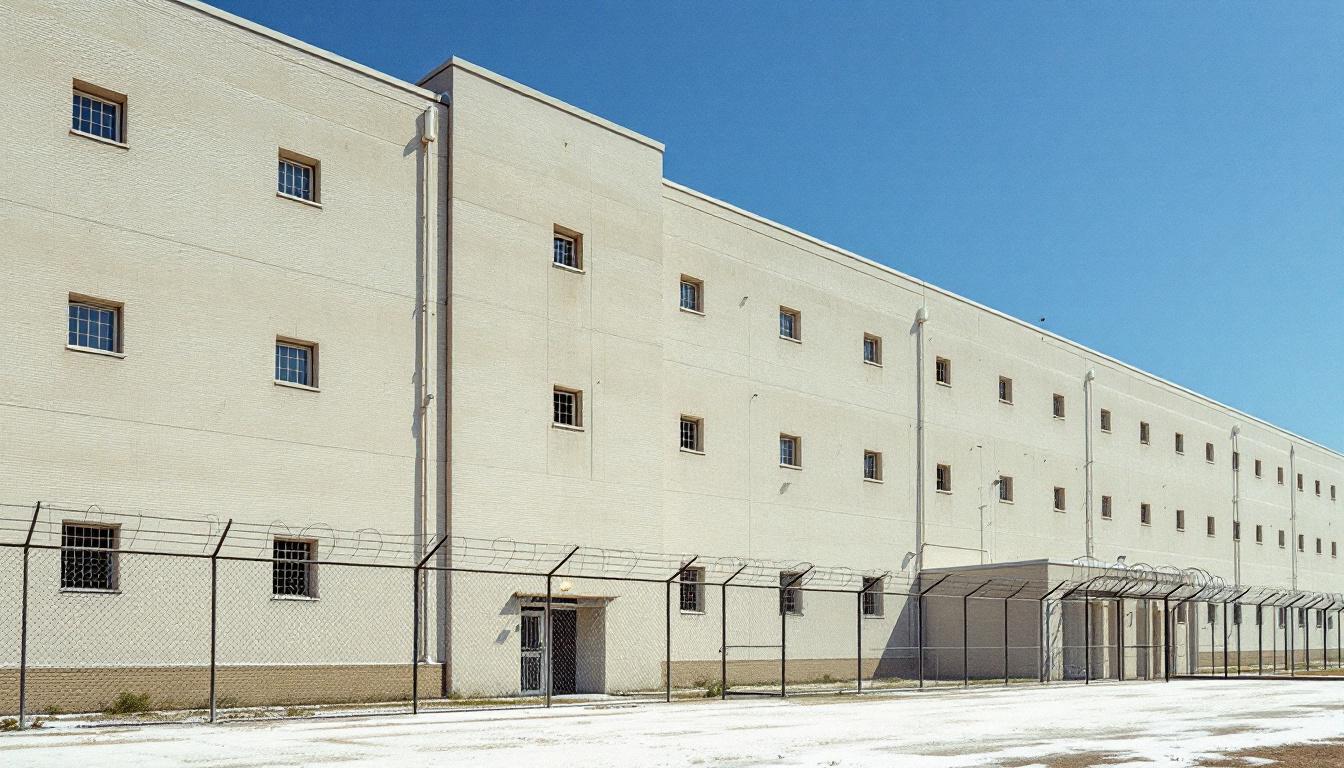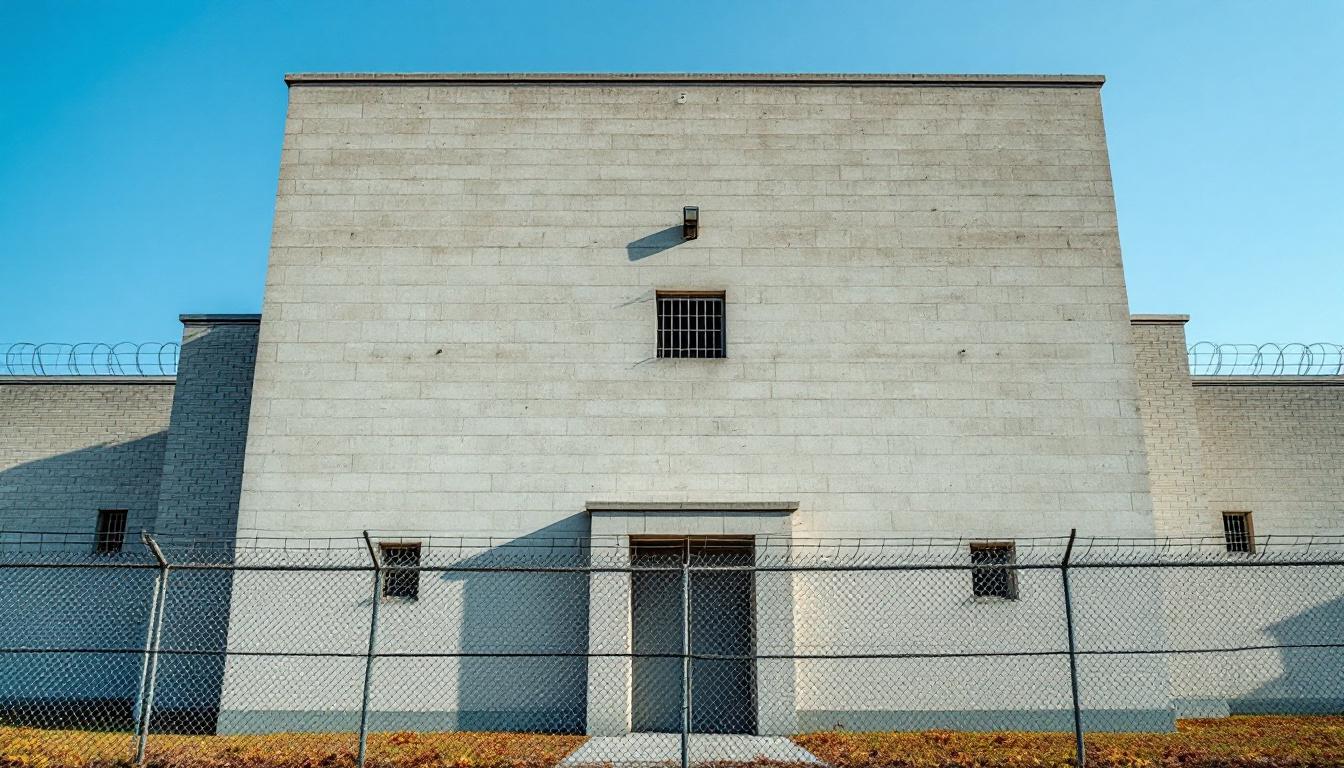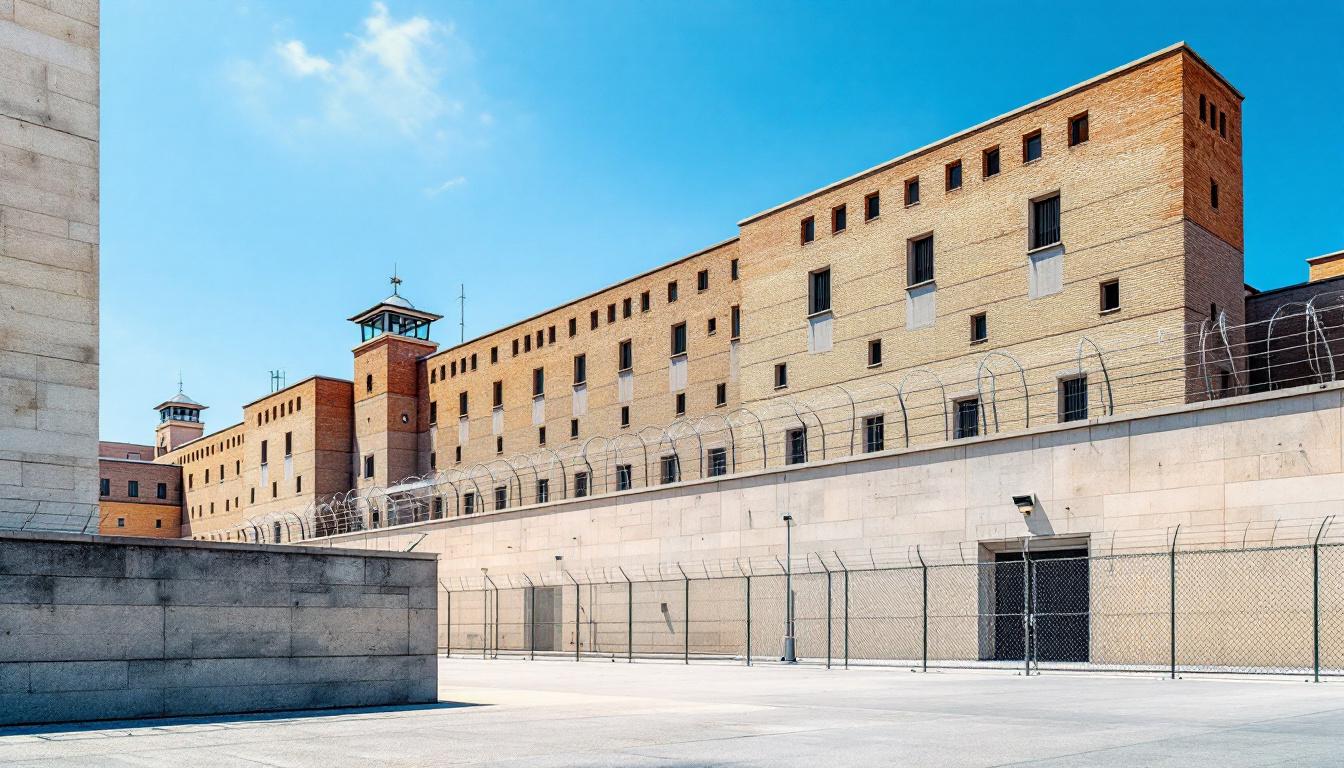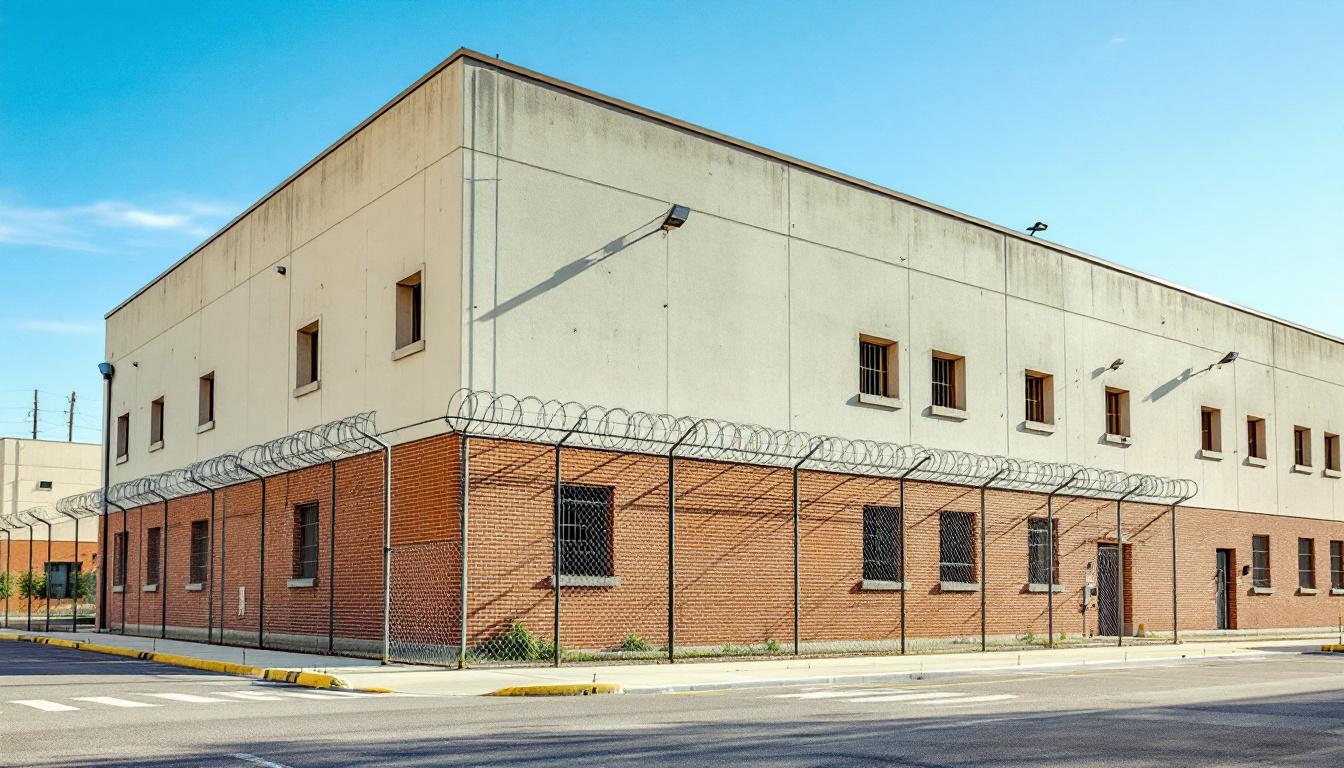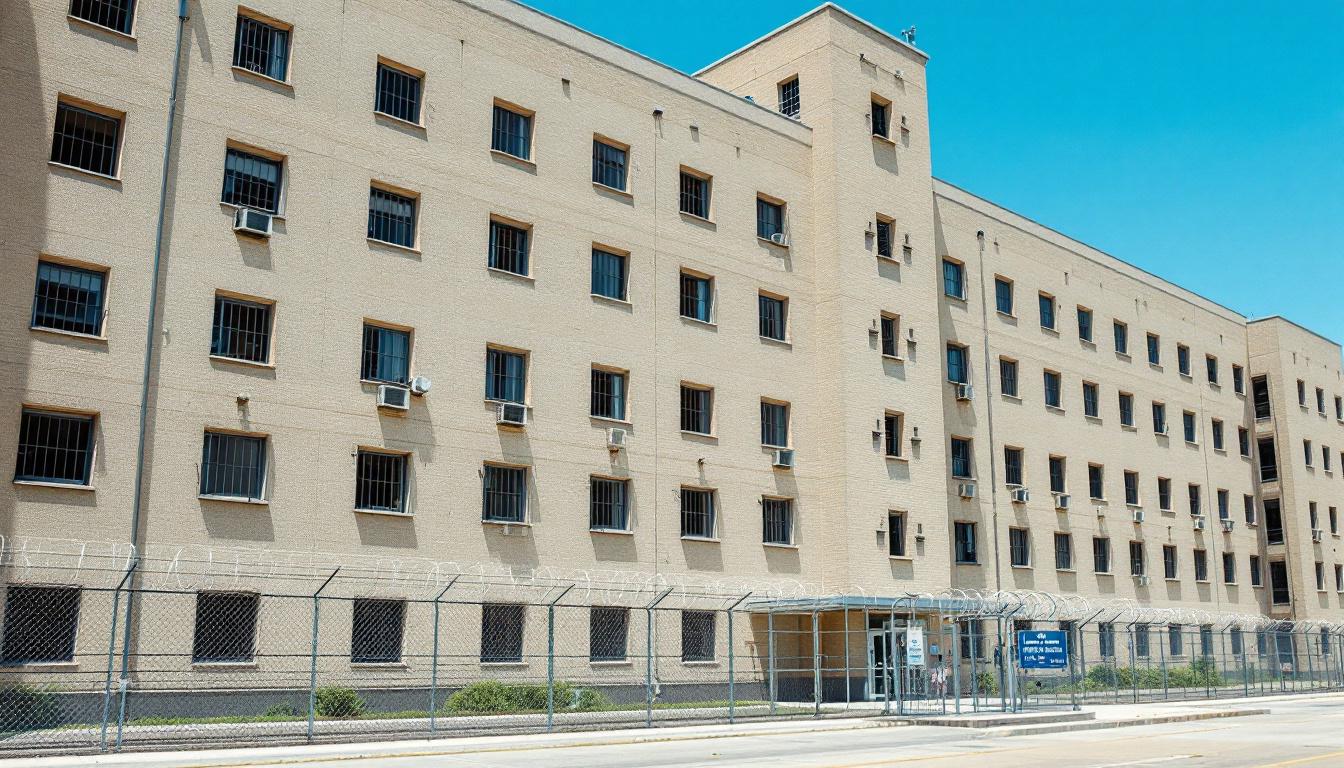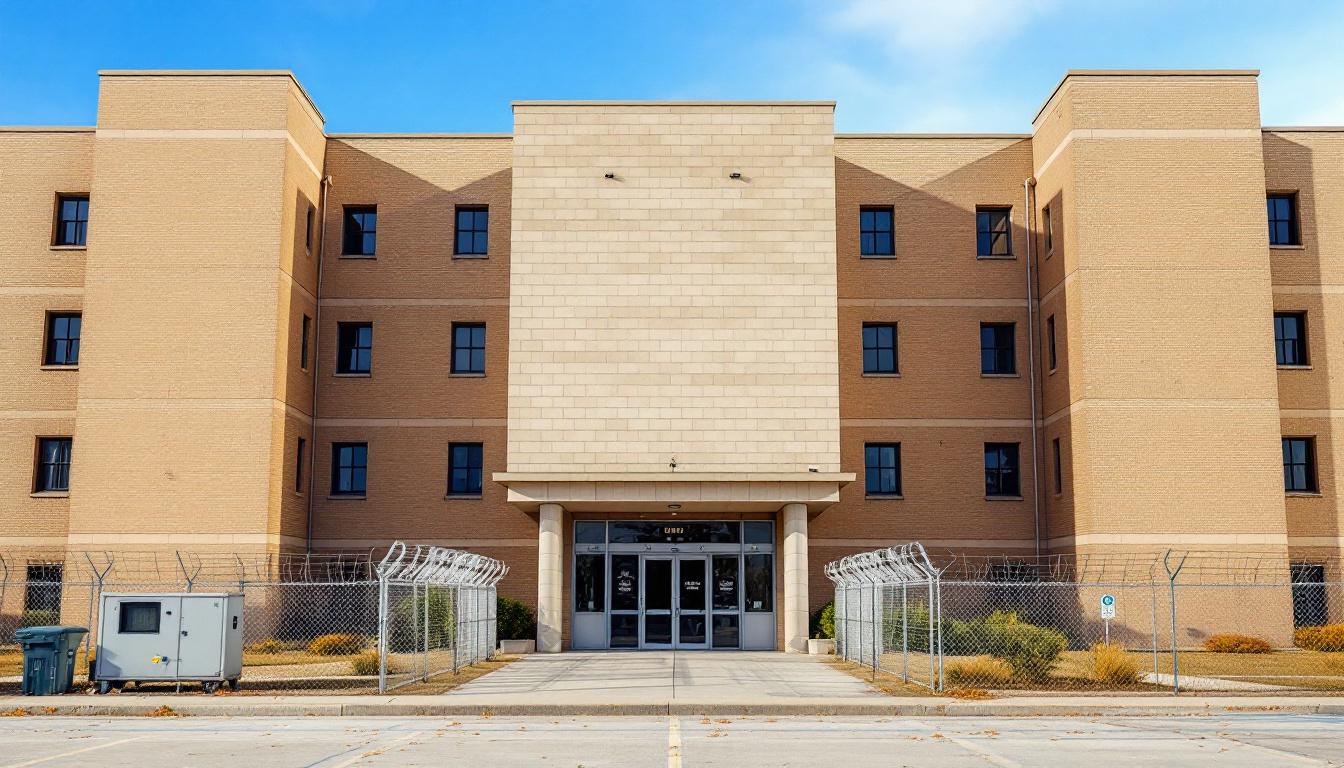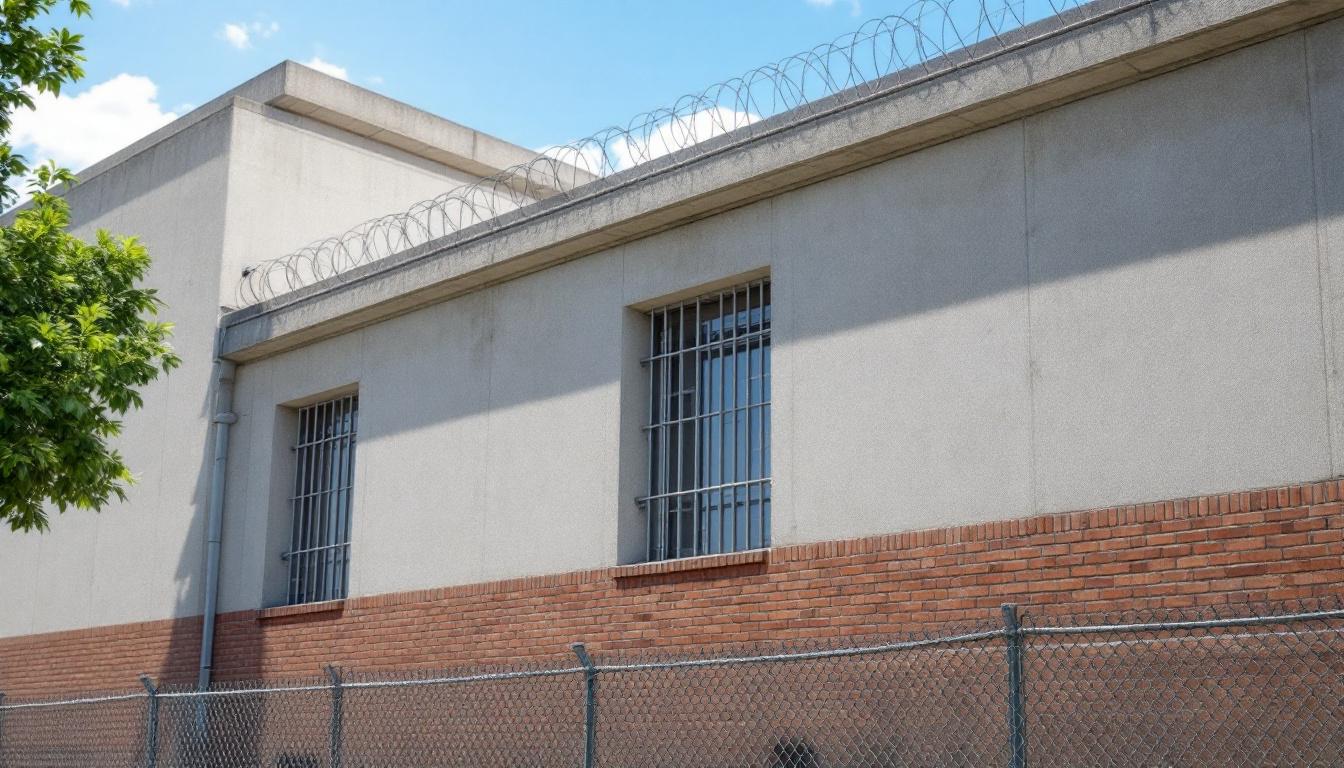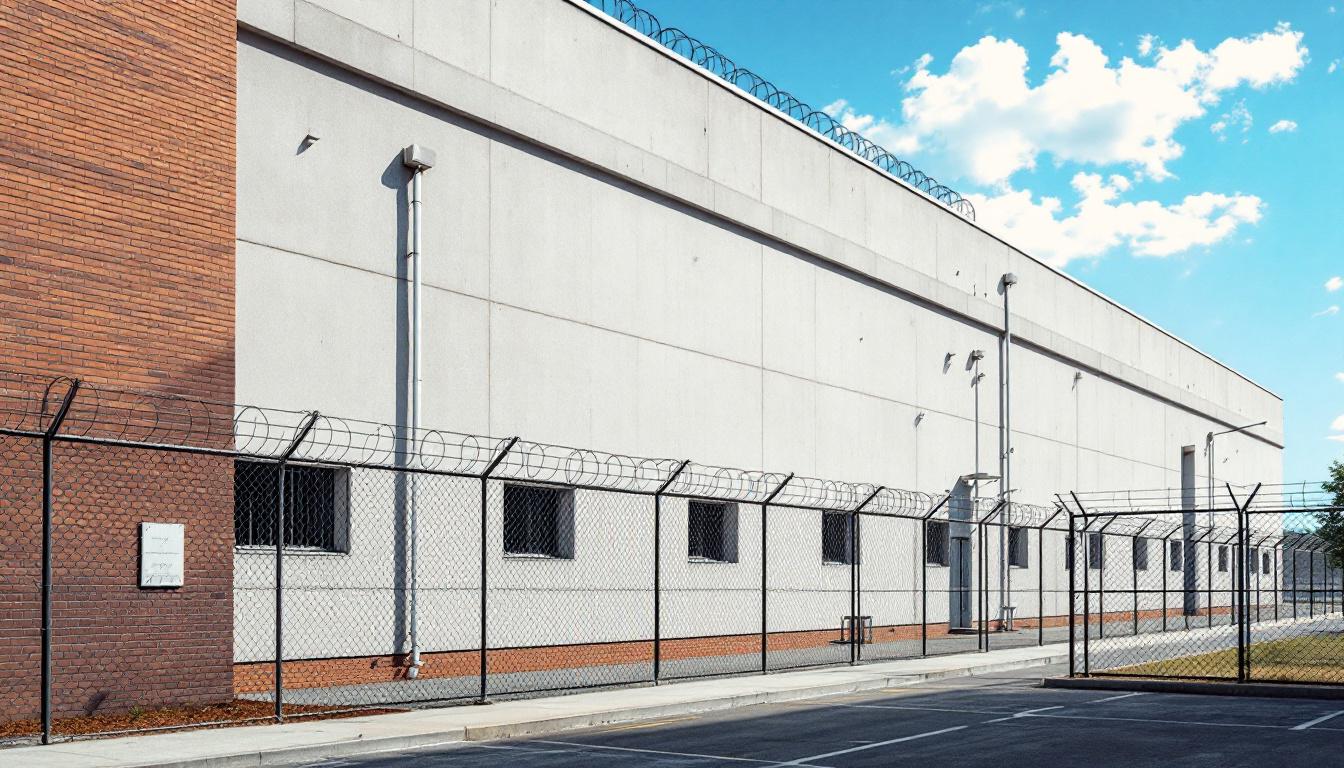
Quick Navigation
How to contact an inmate at California Department of Corrections
This comprehensive guide will walk you through how to connect with an inmate at California Department of Corrections. Follow the steps below to find an inmate and send letters and photos:
- Search for the inmate using our search tool below
- Create your account or log in to Penmate
- Write your message (up to 6,000 characters)
- Send instantly - inmates receive printed copies daily
Find an Inmate
Search for an inmate to start communicating today
Tip: You can search by first name, last name, or inmate ID number
To contact a person at California Department of Corrections start by searching for the person on the official facility website. Perform a search by following these steps:
- Step 1: Enter their first name and last name into the search form and click "Search"
- Step 2: Locate their inmate record
- Step 3: Write down their Inmate ID and any housing information provided
Important! Be sure to enter the person's full name. Nicknames should not be used.
How to Send Messages to Inmates

You can use your phone or computer to send emails, letters, and photos to an inmate. Messages are sent electronically to inmate tablets or kiosks at the facility. If you would like to send a message, start by searching for an inmate at California Department of Corrections.
Sending Photos and Postcards

A great way to send love and support to a loved one at California Department of Corrections is to send photos and postcards. It only takes a few minutes to send photos from your phone and it makes a huge difference. You can also mail postcards with words of support and inspiration, or design your own postcard for special moments like birthdays and holidays.
Important! Be sure not to send any explicit photos or they may not be approved by the facility. You can also use a photo printing app like Penmate to make sure your photos are printed at the correct size (4x6 or 3x5) and are mailed according to the rules and regulations of California Department of Corrections.
Frequently asked questions about California Department of Corrections
-
How long does it take to deliver a message?
If you're sending an email message your letter is usually delivered within 24-48 hours. For messages sent via mail you should expect delivery within 3-7 days. All messages will need be approved by California Department of Corrections.
-
How much does it cost to send a message to California Department of Corrections?
You can send a message free using your phone or mail a message via USPS for the price of a $0.60 stamp and envelope. You can also purchase credits or e-stamps from services starting at $1.99.
-
What services can I use to contact an inmate at California Department of Corrections?
Penmate
You can use Penmate to send letters and photos to an inmate from your phone. It's an easy way to stay in touch during your loved one's incarceration. Use the inmate locator to find an inmate's location and contact information, then you can send messages within a few minutes.
Securus messaging
Securus may be another option for communicating with an inmate at California Department of Corrections. You can create a friends and family account and purchase credits to send messages. All messages will be reviewed and must be approved by the facility.
JPay
Some county jails and state prisons may support sending messages with JPay. You must register an account with the system, find your loved one, and purchase stamps to send messages. For some locations you can also attach photos.
Smart Jail Mail
You may also check if Smart Jail Mail is available at California Department of Corrections. Smart Jail Mail is operated by Smart Communications and has contracted with some state and county jails. After purchasing credits, your messages and photos are sent to the facility, printed out, and then handed out to your loved one.
-
What is the mailing address of California Department of Corrections?
Mailing address:
California Department of Corrections
7650 Newcastle Rd
Stockton, CA 95215
Phone: (209) 944-6400 -
What are the visiting hours at California Department of Corrections?
Visiting hours at California Department of Corrections vary by housing unit and security level. Generally, visits are scheduled on weekends and holidays, with some facilities offering weekday visits. Contact the facility directly at (209) 944-6400 or check their website for the current visiting schedule. Visits typically last 30-60 minutes and must be scheduled in advance.
-
What items are prohibited when sending mail to California Department of Corrections?
Prohibited items typically include: cash, personal checks, stamps, stickers, glitter, glue, tape, staples, paperclips, polaroid photos, musical or blank greeting cards, hardcover books, magazines with staples, and any items containing metal or electronics. Only send letters on plain white paper with blue or black ink. Photos must be printed on regular photo paper (no Polaroids). Always check with California Department of Corrections for their specific mail policies.
-
How do I send money to an inmate at California Department of Corrections?
You can send money to an inmate at California Department of Corrections through several methods: 1) Online using JPay, Access Corrections, or the facility's approved vendor, 2) Money orders mailed directly to the facility with the inmate's name and ID number, 3) Kiosks located in the facility lobby, or 4) Over the phone using a credit or debit card. Fees vary by method, typically ranging from $2.95 to $11.95 per transaction.
-
Can I schedule a video visit with an inmate at California Department of Corrections?
Many facilities now offer video visitation as an alternative to in-person visits. At California Department of Corrections, video visits may be available through services like Penmate, Securus Video Connect, GTL, or ICSolutions. Video visits typically cost $10-20 for 20-30 minutes and must be scheduled in advance. You'll need a computer or smartphone with a camera and reliable internet connection. Contact the facility for their specific video visitation policies and approved vendors.
-
What identification do I need to visit an inmate at California Department of Corrections?
All visitors must present valid government-issued photo identification such as a driver's license, state ID, passport, or military ID. Minors must be accompanied by a parent or legal guardian who can provide the minor's birth certificate. Some facilities require visitors to be on the inmate's approved visitation list, which may require a background check. Contact California Department of Corrections for specific ID requirements and visitor approval procedures.
-
How can I find out an inmate's release date?
To find an inmate's release date at California Department of Corrections, you can: 1) Use the online inmate search tool if available, 2) Call the facility's records department, 3) Contact the inmate's case manager or counselor, or 4) Have the inmate provide this information during a call or visit. For privacy reasons, some facilities only release this information to immediate family members.
Facility Overview
Contact Information
California Department of Corrections7650 Newcastle Rd
Stockton, CA 95215
Phone: (209) 944-6400
Official Website

About California Department of Corrections
French Camp's commitment to community safety extends through comprehensive reintegration processes that connect individuals with resources essential for successful reentry. San Joaquin Jail operates as a vital component of this approach, implementing structured programming designed to address the underlying factors that often contribute to justice system involvement. The facility typically emphasizes skill development and educational opportunities that prepare inmates for meaningful community participation upon release.
Located within San Joaquin County's correctional network, this CA correctional facility generally provides access to various support services that may include substance abuse counseling, vocational training opportunities, and mental health resources. The rehabilitation-focused approach often incorporates case management services that help individuals develop personalized reentry plans, connecting them with community organizations and support systems before their release. These inmates services typically extend beyond basic detention to encompass programs addressing employment readiness, housing assistance coordination, and family reunification support.
The facility's role in the broader Pacific region correctional system reflects California's evolving approach to justice, where county jails increasingly serve as bridges between incarceration and community reintegration. Through collaborative processes with local service providers, the facility may offer programming that addresses education gaps, provides life skills training, and facilitates connections with community-based organizations. This comprehensive approach to rehabilitation recognizes that successful reentry requires addressing multiple factors simultaneously, creating pathways for individuals to rebuild their lives while contributing positively to community safety and stability.
Programs & Services
Personal growth and skill development form the cornerstone of rehabilitation efforts within San Joaquin Jail's comprehensive service framework. The facility typically emphasizes a holistic approach to inmate transformation, recognizing that meaningful change occurs when individuals have access to diverse opportunities for learning and self-improvement. This philosophy guides the delivery of various educational, vocational, and therapeutic services designed to address multiple aspects of personal development.
Educational initiatives often include basic literacy programs, GED preparation courses, and computer skills training that help inmates build foundational knowledge for future success. These academic services may provide structured learning environments where participants can work at their own pace while receiving individualized support. In addition to this, vocational training services typically focus on practical skill development in areas such as construction trades, food service, and maintenance work. Such programs often emphasize hands-on learning experiences that may translate directly into employment opportunities upon release.
Support services within the facility frequently encompass rehabilitation programs that address substance abuse issues, anger management, and life skills development. Stress management services may offer inmates techniques for coping with challenges both during incarceration and after reentry into the community. The facility also typically provides essential daily living support through laundry services and other practical amenities that help maintain dignity and routine. These therapeutic and support services often work together to create an environment where personal development can flourish alongside practical preparation for successful community reintegration.
Daily Life & Visitation

Behind the concrete walls and reinforced doors, the structured environment of San Joaquin Jail shapes every aspect of daily existence for its residents. The facility currently operates on a regimented schedule that continues to provide predictable routines for inmates throughout their stay. Wake-up calls typically occur in the early morning hours, followed by head counts and the beginning of another day within the institutional setting. Inmates generally adapt to this rhythm by establishing personal routines within the broader framework of facility operations.
Living accommodations at the jail typically consist of shared housing units where inmates may be housed in dormitory-style settings or smaller cells, depending on classification levels and available space. In addition to this basic housing structure, inmates usually receive three meals daily in designated dining areas or within their housing units. The physical environment often includes common areas where residents can interact during approved times, though movement throughout the facility remains controlled and supervised. Personal property is generally limited to essential items and approved commissary purchases, helping inmates maintain some personal comfort within the institutional setting.
Despite this controlled environment, the facility typically provides various programs and activities designed to offer structure and purpose during incarceration. Work assignments may include kitchen duties, maintenance tasks, or cleaning responsibilities that provide inmates with daily occupation and sometimes small wages. Recreation opportunities often include access to outdoor areas for exercise when weather and security conditions permit. Visitation policies generally allow for scheduled family contact, while communication options may include monitored phone calls and correspondence. These connections to the outside world continue to serve as vital lifelines for inmates adapting to their temporary separation from the community.
Ready to Connect?
Start communicating with your loved one today
Search for an Inmate
